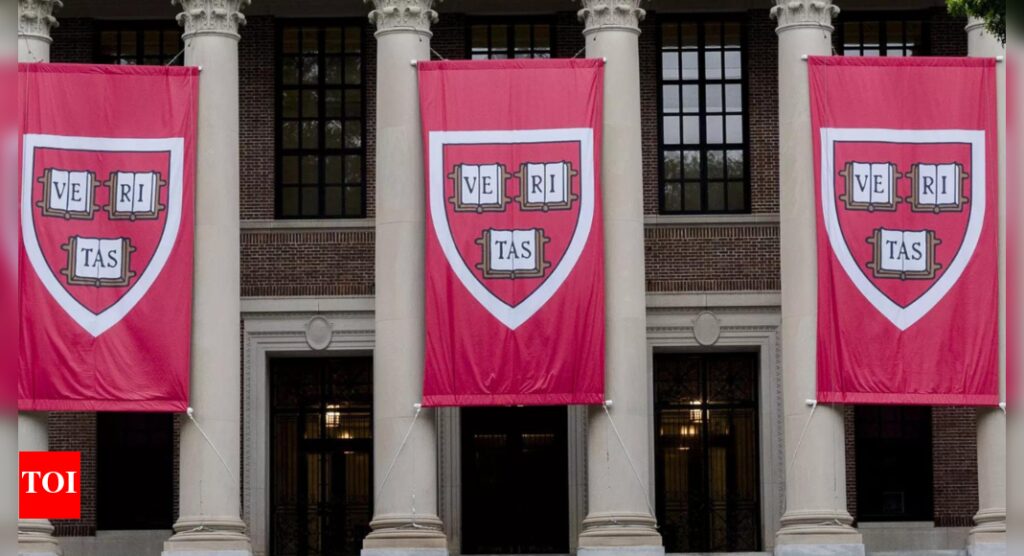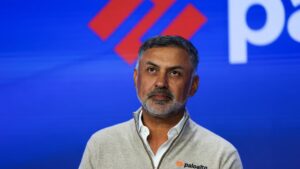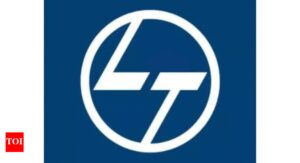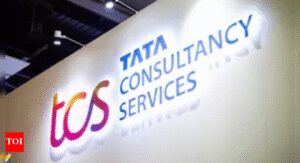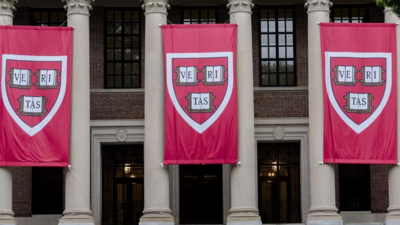
Harvard University is imposing a temporary freeze on hiring faculty. Columbia University is grappling with cuts to $400 million in federal funding. California Institute of Technology (Caltech) is leaving postdoctoral positions unfilled. A University of Washington researcher is wondering about a climate and health grant after a govt site was taken offline.
These are just some of the disruptions that resulted from President Donald Trump’s sweeping changes to the federal govt. Though the private sector has historically provided more funding for research and development in the US, experts say, Trump’s mass firings and freezing of billions of dollars appropriated by Congress could have ripple effects on the US scientific enterprise for years to come.
Many personnel and financial cuts are being made under the banner of streamlining govt – an idea championed by billionaire Tesla CEO Elon Musk and his Department of Government Efficiency or DOGE – while some funding cancellations and threats are tied to allegations of antisemitism on campus. Several of these moves have been challenged in court, and the implementation of some have been put on hold. But research has already been halted in some places and thrust others into limbo, according to interviews with more than 25 professors, graduate students, other academic researchers, and experts across the public, private and non-profit sectors.
The cutbacks risk slowing the pipeline of US-grown science talent, experts warn. “This is an ecosystem that benefits everyone and has kept the US at the forefront,” Fiona Harrison, the chair of Caltech’s division of physics, mathematics and astronomy, writes in an email.
The govt has been an essential source of data for fields from weather to health. Investment in the National Weather Service (NWS) and its support functions, for example, has enabled the growth of a commercial weather forecasting industry. Those systems generate at least $85 billion in economic benefits, or more than 20 times what the govt spends, according to Jeffrey Lazo, an independent economist who tracks the value of US forecasting services.
As individual researchers wrestle with funding restrictions, US universities are responding by limiting spending in ways that will impact operations over the coming calendar years. Harvard, Stanford University, the University of Pennsylvania and the Massachusetts Institute of Technology have all recently announced hiring freezes. Meanwhile, Johns Hopkins University is cutting almost 2,000 positions globally and about 250 in the US following the termination of more than $800 million in US Agency for International Development grants. The university is the top recipient of research funding and NIH money.
A drop in graduate students would also result in a shallower pool of experts for the biotech industry to hire, says Northwestern University stem cell biologist and NIH grant recipient Carole LaBonne. As uncertainty grips US research institutions, other countries are trying to poach American talent. At least one French university is pitching itself as a “safe place for science.” China, too, has been ramping up recruitment.





